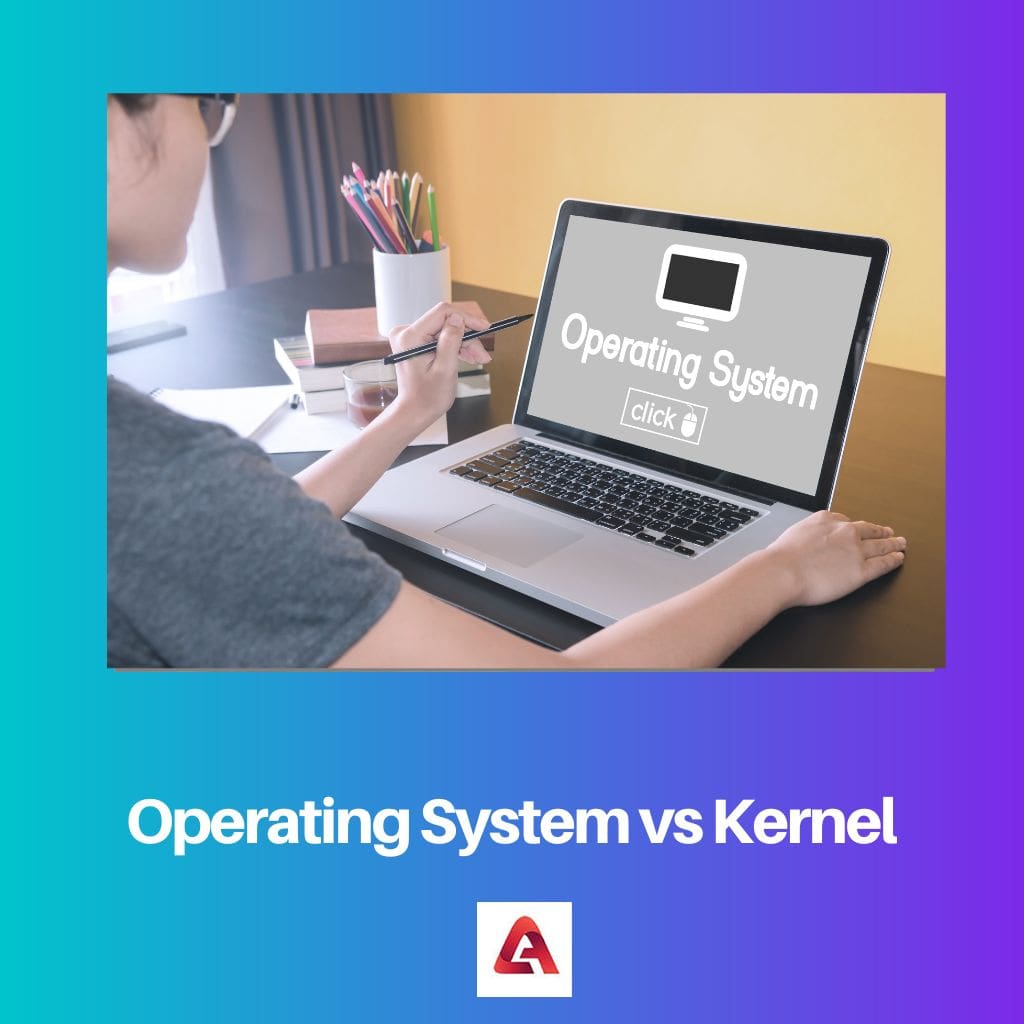An operating system is a software that works on a computer to give a platform that allows users to effortlessly use the computer. However,
kernel is a system for managing all of the computer’s programs. It also serves as a link between the platform’s software and hardware.
Key Takeaways
- An operating system is software that manages a computer’s hardware and software resources, allowing users to interact with the device and run applications.
- The kernel is the core component of an operating system, responsible for managing hardware resources, memory, and processes.
- The kernel bridges the operating system and hardware, enabling efficient communication and resource allocation.
Operating System vs Kernel
An operating system (OS) is a collection of software that manages computer hardware and provides services and interfaces for user applications. The kernel is the core component of an operating system that manages the system resources and provides the lowest-level services for software applications.

An operating system (OS) is a set of programs that controls computer hardware components and serves as a conduit between the operator and the machine’s hardware.
It provides applications on a computing device in general. The operating system (OS) is an important part of a Pc’s system software.
The kernel is an important component of an operating system, as it is liable for all of the platform’s functions. The kernel comprises several packages that interface directly well with low-level technology.
It also offers the necessary encapsulation for system or application programming to mask low-level hardware specifics.
Comparison Table
| Parameters of Comparison | Operating system | Kernel |
|---|---|---|
| Connotation | An operating system is a piece of software that runs on a computer. It also serves as a user-to-hardware interface. | The kernel is a component of the operating system’s software application. It also serves as a link between software and hardware. |
| Main Purpose | An Operating system also offers protection and reliability to the users. | Memory management, disc management, operational processes, as well as task management are the core functions of the Kernel application. |
| Types | Single as well as multiuser operating systems, multiprocessor operating systems, real-time operating systems, and Decentralized computing systems are all examples of operating systems. | Monolithic and Microkernels are two different types of kernels. |
| Launching Process | Whenever the computer starts up, it will be the first thing to launch. | Whenever the operating system starts up, Kernel will be the first software to load. |
| Tasks Performed | In addition to the Kernel’s tasks, the Operating System is in charge of the device’s safety and support. | Kernel memory administration, performance monitoring, task management, and disc management are all examples of kernel memory management. |
What is Operating System?
An operating system is a piece of software that handles the operations of a computer system. The operating system serves as a link between the user and the machine’s components.
The operating system’s functionality allows the user to see the outcome of the operation they submitted.
It seems difficult to run a technology without an operating system. The operating system allows the atmosphere in which the application running executes.
The operating system is a program that runs continuously till it gets turned off.
Whenever a system is booted, the operating system has been the first software loaded into memory space. It is also available for program execution after it has been installed into primary memory.
Interrupts that happen during the execution of a program are also handled by the operating system.
Solo, as well as multiple user operating systems, multiprocessing operating systems, dispersed operating systems, and real-time operating systems, are all types of operating systems.

What is Kernel?
The kernel seems to be the operating platform’s heart. It will be the first operating system application that is installed into primary memory to begin the system’s operation.
A kernel is kept in the main memory until the switch is switched off.
Kernel essentially transforms the commands supplied by the user into a language that the machine can understand. It serves as a link between the platform’s development tools and its hardware.
The kernel creates a connection with the hardware to inform it of the request submitted by the application program.
An operating system cannot function even without a kernel, which is critical software for the platform’s operation.
Memory management, operational processes, project tracking, and disc governance are all handled by the kernel. The kernel examines the memory area to ensure that the application program is properly executed.
It investigates the memory area to ensure that the application program gets properly executed.
Main Differences Between Operating System and Kernel
- The primary distinction amongst an operating system as well as a kernel is whether an operating system is just a system software that processes the system’s capabilities, whereas a kernel is a critical component (software) within the operating system.
- The kernel serves as a link between the platform’s software and hardware. On the other side, the operating system serves as a link between humans and computers. It would be the first tool to start once the machine boots up. Kernel, from the other end, would be the first program to install once the operating system gets going.
- Single, as well as multiprogramming batch systems, dispersed operating systems, and live operating systems are all types of operating systems. Monolithic kernels and microkernels, from the other end, are two types of kernels.
- Memory management, performance monitoring, multitasking, and disc management are all managed by the kernel. Nevertheless, in complement to the kernel’s obligations, the operating system plays an important role in the device’s safeguarding.
- The Operating System must be capable of the computer’s protection and maintenance in extra towards the Kernel’s functions. Kernel memory management, on the other hand, includes things like performance analysis, task management, as well as disc strategic planning.
- https://dl.acm.org/doi/abs/10.1145/202453.202474
- https://www.usenix.org/legacy/publications/compsystems/1988/win_pu.pdf
